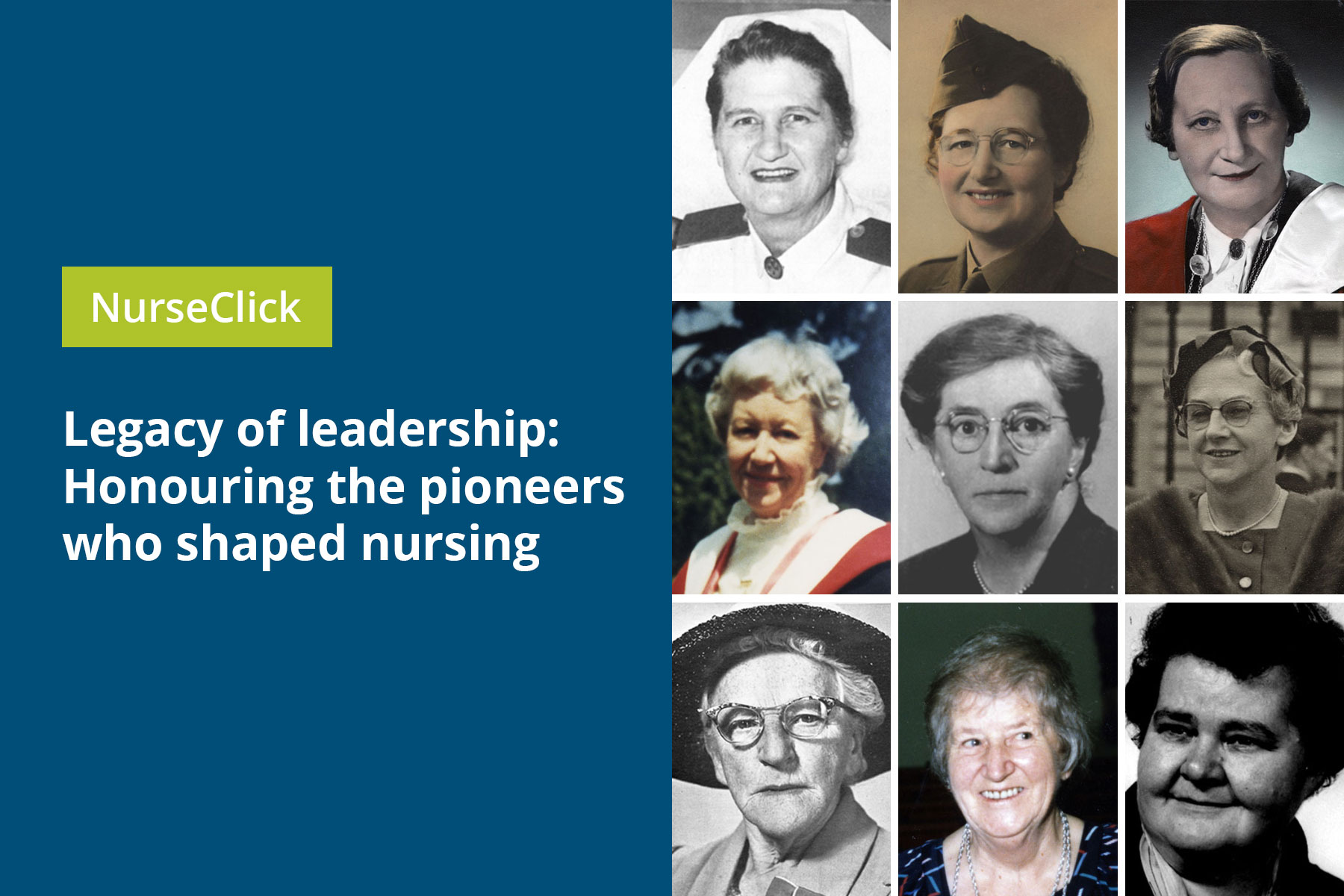As the Australian College of Nursing marks its 75-year anniversary, we pause to reflect on the legacy of our foundational predecessors, the College of Nursing, Australia (initially known as the NSW College of Nursing) and the Royal College of Nursing, Australia (originally the College of Nursing Australia).
Founded in 1949 in the states of New South Wales and Victoria, these organisations have since been at the forefront of championing the nursing profession in Australia. The inception of these entities was marked by a commitment to excellence, with the Royal College of Nursing, Australia, taking a leading role in advancing nursing practices, ethics, and professional development through training and international collaboration. Concurrently, the NSW College of Nursing focused on promoting the art and science of nursing, offering postgraduate education to elevate the profession further.
Central to these achievements were the nine visionary nurse leaders whose pioneering efforts not only established these institutions but also laid a solid foundation for what would become the Australian College of Nursing. Their legacy is a testament to the importance of quality education, leadership training, and professional representation, ensuring that the voice of nurses is heard, and our profession receives the respect and recognition it deserves.
In this article:
Founders of the College of Nursing Australia
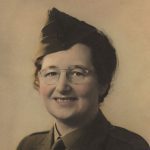
Myrtle Ivy Quicke (née Lindsay) RN RM
When Myrtle Ivy Quicke was 18 years old, she commenced training at the Melbourne Hospital and later studied midwifery at the Women’s Hospital in Melbourne. She also had certificates from the Royal Sanitary Institute, London.
In 1938, Quicke was appointed to the Department of Health in Victoria where she had the supervision of private hospitals. She later became a health inspector and was the first woman in Australia to hold a certificate in meat inspection.
In 1945, Quicke took up an appointment with the United Nations Relief and Rehabilitation Administration (UNRRA), where she served as Deputy Chief Nurse, London; Regional Chief Nurse, Germany; and Regional Nurse Consultant, China. She was in charge of nurses from 13 different countries.
Iin 1946 she wrote in a letter published in the Victorian Nurses Journal UNA, “that Australia has to realise that Australian nurse training has to become wider in scope and that individual nurses must see that greater interest is taken in nursing affairs. Our general training is good as far as it goes, but the world’s trend is for wider nursing activity, greater influence and nursing participation in all health matters.” She felt that nurse training in Australia had to be broader in scope and that nurses should participate in all areas of public health not just the hospital setting. Quick saw the establishment of the College as a way of uniting nurses.
After marrying in 1955 and settling in the small Victorian town of Cockatoo, Quicke explored the possibility of setting up a Bush Nursing Centre and a building was erected and equipped in 1964.
Myrtle Quicke died in 1979.
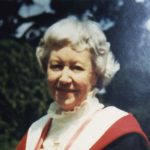
Vera Margaret Jackson (née Haughton) RCNA
Vera Margaret Jackson was born in Melbourne. She attended Ivanhoe Grammar School. In 1927 she began her nursing training at the Melbourne Hospital. She studied midwifery at the Queen Victoria Hospital in 1936, completing the Victorian Baby Health Centres Association’s infant welfare course in 1937.
In 1939, Jackson joined the Bush Nursing Association and was a nurse in the heart of the mountain fire district during the bushfires. In January 1942, she was appointed to the Health Department’s Infant Welfare Section, having developed a plan for infant welfare services in the outback.
Jackson was then asked to join the United Nations Relief and Rehabilitation Administration and left for Europe in 1945. In Europe, she worked with displaced persons in France, Holland, and Germany and spent three months at the Glen Hughes Hospital, Belsen, and then moved to Fallingsbostal, a camp with 26,000 Polish people.
After fourteen months in Europe, Jackson returned to Australia and was appointed to conduct a nurse recruitment program for Fairfield Hospital. She then had the opportunity to work at UN Headquarters, first at Lake Success and then in New York. In New York, she attended night classes at the School of Social Research and New York University. She returned to Australia in 1951.
Jackson did not see herself as a conventional nurse. She was more interested in the public health field where there were few opportunities for nurses in Australia. She always saw good health as meaning whole health.
Vera Jackson died in 1987.
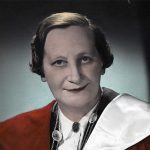
Annie Moriah Sage CBE RRC FNM
Annie Moriah Sage was born in 1895 in Somerville, Victoria. Sage undertook her nursing training at Melbourne Hospital and studied midwifery at the Women’s Hospital, Carlton. She was registered as a midwife in September 1924 and a nurse in November 1926.
Sage worked in child health, lecturing at training colleges and technical schools. She also broadcast to mothers. In 1936 She was appointed Matron of the Victorian Baby Health Centres Association training school.
In January 1940, Annie joined the Australian Army Nursing Service. She was posted as matron to the 2nd/2nd Australian General Hospital, sailing for the Middle East in April 1940 and served at Gaza Ridge, Palestine and at Kantara, Egypt. In May 1941 she was made matron-in-chief, A.I.F and in 1942 was appointed a member of the Royal Red Cross. Returning to Melbourne in May 1942, Annie was appointed matron-in-chief, Australian Military Forces and promoted to the rank of colonel.
Sage flew to Sumatra in September 1945 to assist with the recovery and repatriation of Australian nurses who had been imprisoned by the Japanese. She was discharged in 1947 and became lady superintendent (matron) at the Women’s Hospital, Melbourne.
Sage helped to establish the War Nurses Memorial Centre. Annie Sage died in 1969 and was buried with military honours. In 1969 the College of Nursing established the Annie M. Sage Scholarship in her honour.
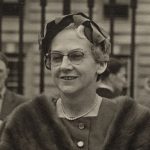
Edith Hughes-Jones OBE RCNA
Edith Hughes-Jones was born in 1905 in Tungamah, Victoria. She undertook her general nursing training at the Alfred Hospital, Prahran, and completed midwifery at the (Royal) Women’s Hospital, Melbourne.
She was able to find funds to buy a private hospital in Toorak, Windarra, where she had worked as matron. In 1938 she became the owner and matron of Windemere at Prahan and developed it into one of Melbourne’s best-known private hospitals. She used her independence to benefit nursing.
When the hospital ship Centaur was sunk in 1943, with the loss of over 250 lives including 11 nurses, Edith instigated the Centaur War Nurses’ Memorial Trust, acting at different times as honorary secretary, trustee and member of its scholarship committee. She had had close associations with many nurses who were killed in WWII and this reinforced her dedication and led to the role she played in establishing the War Nurses Memorial Centre in 1948.
Edith was known for being determined and sometimes demanding. She was, however, also compassionate, innovative, generous and grateful. The Windermere Hospital set up a charitable foundation in the 1970s and although the hospital was sold in 1998, Edith’s legacy lives on through the foundation.
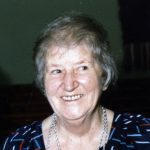
Jean Millist Lamont RMN RM
Jean Millist Lamont was born in Kew, Victoria. After finishing school, her father sent her to a college to study music, shorthand, typing, dressmaking and invalid cooking.
She began her nursing training at the Melbourne Hospital in 1936 and then went on to study midwifery at the Queen Victoria Hospital, Melbourne where she worked in the medical and surgical areas.
Lamont studied infant welfare in Sydney and spent some time overseas working at the Birmingham Hospital Maternity Unit and the Simpson Memorial Hospital in Edinburgh, but she spent most of her working life at the Queen Victoria Hospital – 32 years in total.
Early in the 1970s Lamont left the hospital and began to work for the Infant Welfare Service for the remaining 11 years of her professional life. She was a great believer in keeping up-to-date with nursing practices and undertook refresher courses. Lamont was devoted to nurses’ interests and the advancement of the profession in Australia, to which she had dedicated her working life.
Lamont died in 1996, the last of the founding members of the College.
Founders of the NSW College of Nursing
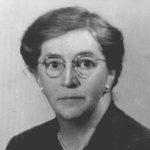
Muriel Knox Doherty RRC FCN (NSW)
Muriel Knox Doherty was an Australian nurse who made many contributions to the profession throughout her long and varied career as an exceptional nurse, a well-loved teacher, and a skilled nurse administrator.
Born in Melbourne in 1896, Doherty started her professional life as an unqualified teacher in 1914. It was the outbreak of WWI that led her to the nursing profession. Doherty gained a St John Ambulance First Aid Home Nursing Certificate and, in 1915, joined the No. 6 Red Cross Voluntary Aid Detachment with further training at Royal Prince Alfred Hospital. After the war she undertook formal nurse training in 1921, graduating as a registered nurse in 1925.
Doherty completed a course for Sister Tutor at King’s College, University College of London, and, on returning to Australia, introduced the first preliminary training school for nurses in NSW. In 1935 Doherty volunteered for the Australian Army Nursing Service and was appointed a staff nurse in the Army Reserve on the outbreak of WWII. She served with distinction, including working with the United Nations Relief and Rehabilitation Administration Organisation as Chief Nurse and Principal Matron of the liberated Bergen-Belsen Concentration Camp.
Doherty was a tireless advocate for the profession, appealing to anyone she felt could help her achieve what she saw as necessary for nursing. She remained passionate throughout her life about nursing and did whatever she thought was necessary to help advance the profession.
Doherty died in 1988.
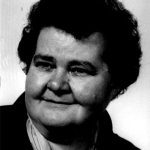
Agnes Mary Lions MBE INC (NSWCN) FCN (NSW)
Agnes Mary (Mollie) Lions, an industrial nurse and union official, was born in Sydney in 1908. She gained her General Nursing Certificate from Royal Prince Alfred Hospital in 1931 and spent the next ten years practising in all branches of nursing.
During the 1930s Lions was employed at the St Lawrence Private Hospital, Summer Hill, and by Dr Colin Lawson at Western Suburbs Hospital where she was praised for her hard work, devotion to her patients and thorough knowledge of nursing.
In 1941, she entered the field of industrial nursing at John Vicars Woollen Mills, and this move defined the rest of her career. In 1947 she was employed at the Eveleigh Railway Workshops and was appointed Senior Industrial Nursing Sister, a post she held until her retirement in 1968.
Lions became very professionally active from 1946, becoming an industrial activist, and played a central role in the formation of the Industrial Nurses Branch of the New South Wales Nurses’ Association (NSWNA).
Lions was recognised for her services to nursing in 1960 when she was appointed MBE. Throughout her career, Lions made major contributions to improve the working conditions, education and professional status of industrial nurses.
She died in 1992.
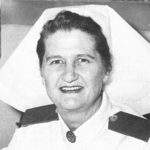
Margaret Frances Guy (née Looker) OBE FCN (NSW) FRNC
Margaret Guy was born Martha Fannie Looker in 1910 in Tasmania before moving to Sydney with her family. She began to study medicine at the University of Sydney, but financial circumstances forced her to switch to nursing.
Guy gained her General Nursing Certificate from Royal Prince Alfred Hospital (RPAH) in 1936 with top marks and her Midwifery Certificate from Crown Street Women’s Hospital in 1939. Guy joined the Army Nursing Service in 1940, serving with distinction in the Middle East front line as well as in Papua and Bougainville. She was discharged in 1945 with the rank of Captain.
While in England, Guy was a foundation Florence Nightingale (International) scholar and gained the sister tutor diploma with the Royal College of Nursing, London in conjunction with the University of London, in 1947.
When Guy returned to Sydney, she was appointed Matron at RPAH, holding the position from 1947 to 1954. She was both a member of the FNMC (NSW) and the Institute of Hospital Matrons of NSW and ACT during the years leading up to the foundation of the NSW College of Nursing. During 1949 and subsequent years she worked in both Sydney and Canberra to ensure the establishment and ongoing success of the College.
Guy’s services to nursing were recognised with an OBE in 1961, and in 1966, she was the first woman to be awarded a Churchill Fellowship. She was a woman of vision who paved the way for modern nursing methods and better education.
Guy died in 1988.
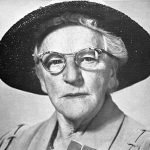
Georgina McCready (née Johnstone) MBE FCN (NSW)
Georgina McCready was born Georgina Johnstone in Scotland in 1888 and was educated in Glasgow. After initially working in a chartered accountant’s office, McCready switched to nursing. She gained her General Nursing Certificate from the Eastern District Hospital in 1912. In 1913 she moved with her father to Australia with the rest of the family following a year later.
After sitting the ATNA’s general nursing examination, McCready was registered in 1914 in NSW. She held several posts in Sydney before going on to work as Matron at Cessnock District, Maitland District and Broken Hill and District Hospitals. She gained a Certificate in Midwifery (1922) and a Certificate in Mothercraft (1928).
1929 was a defining year when McCready was appointed as one of the Supervisory Nurses with the Board of Health. She and her colleagues found that for nurses living conditions were poor, salaries very low, and the work hours long. McCready believed that it was essential that nurses represent themselves in their own industrial union and she was a founding member of the New South Wales Nurses’ Association (NSWNA) in 1931.
After retiring in 1953, McCready continued to work part-time for the NSWNA until 1960. The Association established the McCready Scholarship in her honour in 1954 for study at the NSW College of Nursing.
She was recognised with an MBE in 1963 for services to nursing. McCready was deeply committed to the social and economic welfare of nurses and to the educational needs of the profession. McCready maintained her interest in and support of the College and of the profession until her death in 1980.

